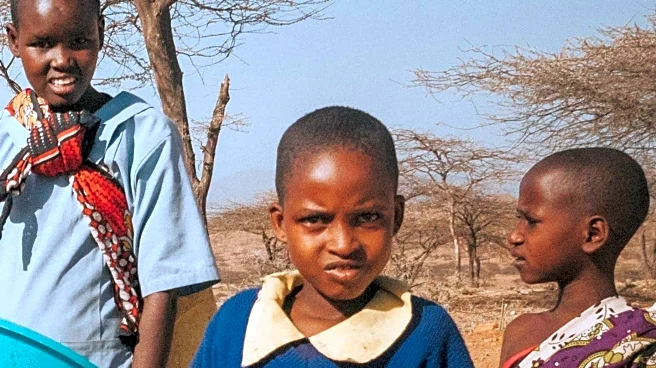What is the story about?
What's Happening?
A study conducted by researchers Armin Garmany and Andre Terzic at the Mayo Clinic has highlighted a growing disparity between life expectancy and healthy longevity across different world regions. Published in Communications Medicine, the study maps the healthspan-lifespan gap, which is the difference between the number of years lived and the number of years lived in good health. The research utilized data from the World Health Organization (WHO) covering 183 member states from 2000 to 2019. Findings indicate that while life expectancy is increasing globally, the gains in healthy longevity are not keeping pace, resulting in a widening gap. The study identifies noncommunicable diseases (NCDs) as a significant contributor to this gap, particularly in the Americas, which have the highest NCD burden. The research also notes that mental and substance use disorders are a consistent challenge worldwide.
Why It's Important?
The widening healthspan-lifespan gap has significant implications for global health policy and socioeconomic planning. As life expectancy increases without corresponding gains in healthy years, healthcare systems may face increased pressure to manage chronic diseases and disabilities. This gap highlights the need for targeted health interventions and policies that address the specific disease burdens of different regions. For the U.S., where the gap is notably large, this could mean increased healthcare costs and a greater focus on preventive care and lifestyle changes to improve health outcomes. The study underscores the importance of understanding regional health challenges to develop effective strategies for improving population health.
What's Next?
The study suggests that addressing the healthspan-lifespan gap requires region-specific solutions that consider distinct disease patterns. Policymakers and healthcare providers may need to focus on reducing the burden of noncommunicable diseases and improving mental health services. The research calls for a shift towards disease-pattern-aware solutions to narrow the gap, emphasizing the need for tailored health interventions. As the gap is projected to increase by 22% worldwide by 2100, proactive measures will be crucial in mitigating its impact on global health systems.
Beyond the Headlines
The study's findings raise ethical and cultural questions about the quality of life and the definition of healthy aging. As societies grapple with the implications of longer lifespans, there may be a need to redefine what constitutes a 'good' life in terms of health and well-being. The research also highlights disparities in health outcomes between regions, prompting discussions on global health equity and the allocation of resources to address these gaps.
AI Generated Content
Do you find this article useful?















